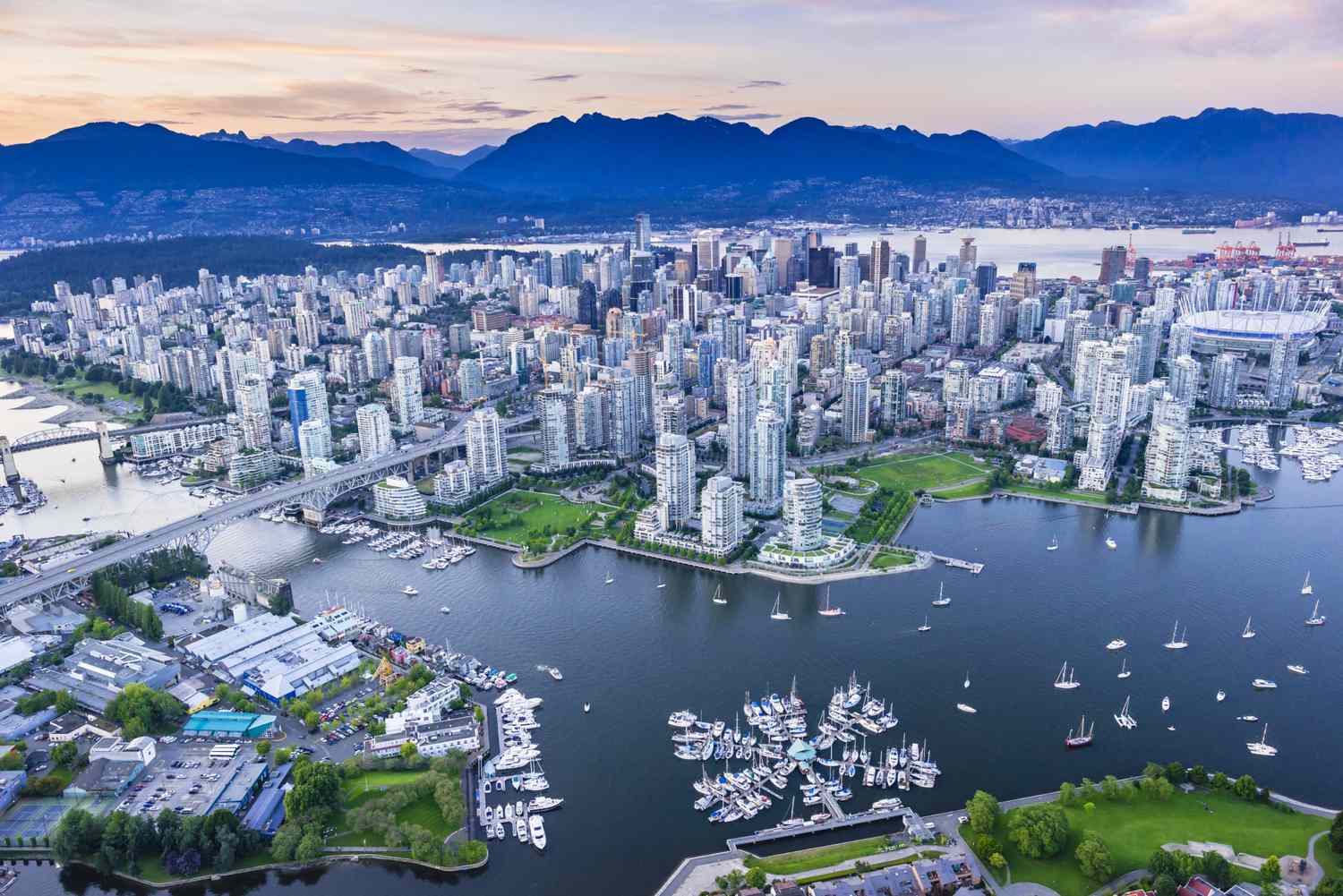- +1 866 773 7452
- info@immigrationexpress.org
- 666 Burrard St, Vancouver, BC V6C 2X8, Canada
We will strive to meet all your business necessities and plans. You can rely on easy accessibility to our qualified staff and prompt solutions to your problems.
A planning guide in Canada serves as a comprehensive resource to help individuals and organizations navigate various aspects of life and business, including financial planning, estate planning, urban development, and more. These guides provide practical advice, tools, and strategies tailored to Canadian regulations and standards, ensuring that plans are well-structured and legally sound. Whether for personal goals or professional projects, a planning guide in Canada offers essential insights to achieve success and mitigate risks.

Moving to Canada is an exciting journey filled with new opportunities and experiences. To make your transition smoother, it’s essential to take care of some important tasks soon after you arrive. This guide outlines the key steps you should take to ensure that your first days in Canada are well-organized and that you are set up for success.
The Social Insurance Number (SIN) is a nine-digit number that you need to work in Canada, access government benefits, and file taxes. Applying for a SIN should be one of your top priorities because you’ll need it for employment and various other services.
Having a Canadian bank account is crucial for managing your finances. It will allow you to receive your salary, pay bills, and make everyday purchases. Many banks offer accounts specifically designed for newcomers with benefits like fee waivers and other perks.
Canada’s healthcare system is publicly funded, and each province and territory has its own health insurance plan. As a new resident, you need to apply for a health card to access medical services. Some provinces have a waiting period before coverage starts, so it’s advisable to have private health insurance to cover this gap.
A Canadian cell phone number is essential for staying connected with employers, service providers, and new acquaintances. Mobile plans in Canada can be postpaid or prepaid, and you’ll need to choose one based on your needs.
Securing a place to live is a priority. Whether you start with a rental or plan to buy property, having a stable residence is crucial for receiving mail, registering for services, and settling into your new life.
If you plan to drive in Canada, you’ll need a valid driver’s license. Depending on your home country, you may need to take a driving test. Some provinces allow you to exchange your foreign license for a Canadian one without additional tests.
Familiarizing yourself with the public transportation options in your city is important, especially if you don’t plan to drive immediately. Understanding the bus, train, or subway routes will help you navigate your new environment efficiently.
If you have school-aged children, enrolling them in a local school should be done as soon as possible. Canada offers public education, and the process for enrollment may vary slightly depending on the province.
If you’ve rented or purchased a home, you’ll need to set up essential utility services such as electricity, gas, water, and internet. Contact local providers to establish these services under your name.

Moving to Canada is an exciting journey filled with new opportunities and experiences. To make your transition smoother, it’s essential to take care of some important tasks soon after you arrive. This guide outlines the key steps you should take to ensure that your first days in Canada are well-organized and that you are set up for success.
Before diving into your job search, it’s crucial to understand the Canadian job market, including which industries are thriving and where job demand is highest. Research the economic landscape, labor market trends, and regional differences to focus your job search in areas with the most opportunities.
Your resume is often your first impression with potential employers. In Canada, resumes are typically concise (one to two pages) and tailored to each job application. Highlight your relevant experience, skills, and achievements in a format that resonates with Canadian employers.
A well-crafted cover letter complements your resume by providing context to your experience and explaining why you are the right fit for the role. Customize each cover letter to address the specific job and company you are applying to.
Networking is a powerful tool in the Canadian job market. Many job opportunities are filled through connections rather than public postings. Attend industry events, join professional associations, and connect with people in your field on LinkedIn.
Online job portals are a popular way to search for jobs in Canada. Many employers post job openings on these platforms, and they allow you to apply directly through the site. Regularly check these portals to stay updated on new opportunities.
Recruitment agencies can be a valuable resource in your job search. They connect job seekers with employers looking for specific skills and can help you find both temporary and permanent positions. Some agencies specialize in certain industries, which can be beneficial if you’re looking for niche roles.
Depending on your profession, you may need to have your credentials assessed or obtain Canadian certifications to be eligible to work in your field. This is especially true for regulated professions such as healthcare, engineering, and accounting.
Once you start getting interview invitations, it’s crucial to prepare thoroughly. Research the company, practice common interview questions, and be ready to discuss your experience and how it relates to the job.
If you’re having difficulty finding a job in your field, consider volunteering or internships as a way to gain Canadian experience and expand your professional network. Many employers value local experience, and this can be a stepping stone to full-time employment.
After applying for jobs or attending interviews, following up with a thank-you email can leave a positive impression on employers. Additionally, keeping track of your job applications, follow-ups, and networking efforts is essential to staying organized during your job search.

Finding accommodation in Canada can be a smooth and successful process if approached methodically. Whether you’re moving to a new city, immigrating, or simply seeking a change of scenery, securing the right place to live is essential. Here’s a step-by-step guide to help you navigate the process:

Canada is a vast and diverse country, offering an array of activities and experiences that cater to all types of travelers. From breathtaking natural landscapes to vibrant urban centers, there’s something for everyone in this beautiful country. Whether you’re an adventure seeker, culture enthusiast, or food lover, Canada has plenty to offer. Here’s a list of must-do activities when visiting or living in Canada:
Send us CV for Job Review
©2020. Canadian Immigration Express. All Rights Reserved.